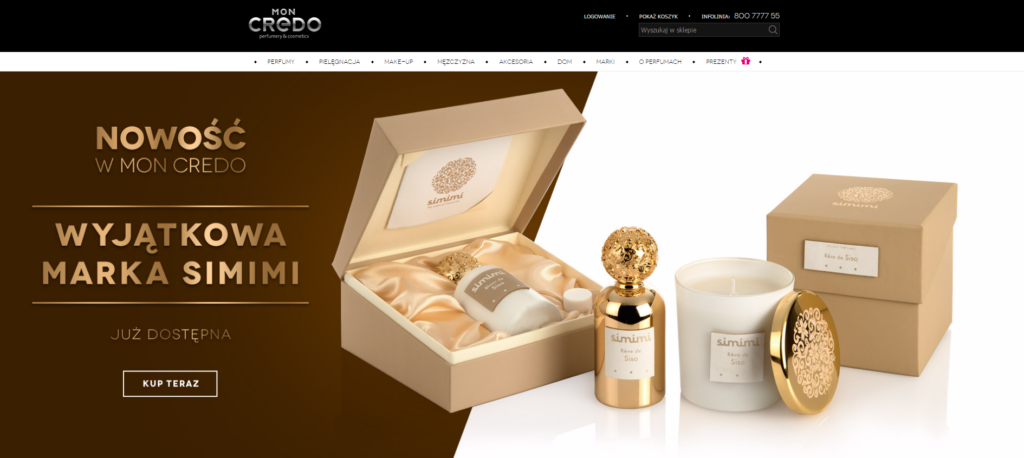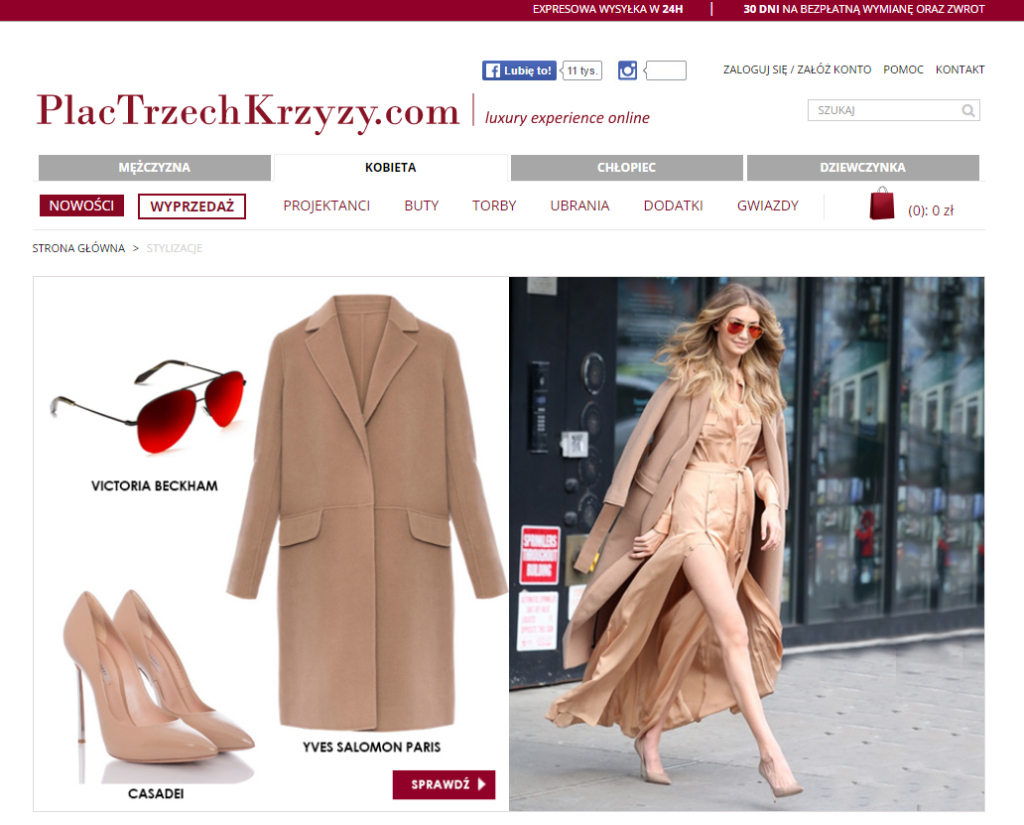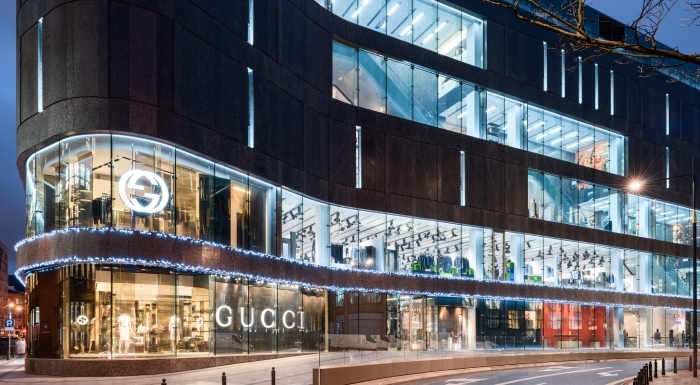The Polish luxury goods market is only just developing, but Polish clients are becoming more and more conscious of it. Their expectations and demands are increasingly more discerning. And the role that the Internet plays in shaping this consciousness, is also expanding rapidly.
Luxury goods market in Poland
A group of almost one million wealthy people who may regularly buy top-shelf products and services has developed in Poland only within the last 10 years. Affluent Poles, those whose yearly income before taxes is more than PLN 85,000, spent PLN 14.3 billion on luxury goods and services in 2015, 13% more than in the previous year.
According to a report by KPMG, an auditing and advisory company, Poles spent the most on such luxurious products as cars – almost PLN 7 billion, which is nearly half of the total value of the luxury goods market in Poland, as well as on perfumes and cosmetics. Additionally, clothes and accessories, hotel services, SPA and real estate property, also played a significant role.
Experts predict that the value of the luxury goods market will reach PLN 17 billion by 2018, which means an increase of 17% in three years. As far as purchasing power is concerned, consumers undeniably chase Western Europe, but they still spend less money on luxury goods.
Where does luxury sell well?
Polish consumers usually buy luxury products in shopping centres and shops located on main streets of the biggest cities. Boutiques in shopping centres are definitely visited mainly by stars and celebrities. They like to visit a showroom to take a close look at a product, as well as seek professional advice.
The Internet holds second place when it comes to buying/selling luxury goods. There are a few reasons for the growth in online sales: many luxury goods are simply not available on the Polish market, and online offers are often much wider than those in shops. However, probably the most important reason is the considerable discounts during sales of older collections.
Experts say that the interest in top-shelf goods on the Internet will be greater, because many new Internet shops offer luxury goods. Such an example is the plactrzechkrzyzy.com store, which offers collections for children from the most important fashion houses over the world, both in their traditional shops and in their online store which is open 24/7.
Warsaw as a capital of luxury
Thanks to a big population and high income (gross domestic product above the EU average), Warsaw attracts luxury goods manufacturers who want to enter the Polish market. There are more and more brands that intentionally open their shops on prestigious streets in the capital of Poland, and this trend is particularly noticeable in the case of exclusive clothing brands.
Such streets in Warsaw as: Mokotowska, Krucza, Nowy Świat, Chmielna, Marszałkowska and Plac Trzech Krzyży, have the greatest potential for the development of boutiques with luxurious clothes and accessories. They attract not only foreign brands, but also Polish designers, which makes the prestige of these streets even greater. After its current renovation, Świętokrzyska street will be another to join the group.
The first – and the only one so far – exclusive Vitkac Department Store, with shops of the greatest international brands and designers in one place, was opened in Poland in 2011. Here you will find shops of such famous brands as Vuitton, Gucci, Saint Laurent, Lanvin or Bottega Veneta. These are their first shops in Poland. More brands that have started to notice the potential of the Polish market are emerging all the time. In June this year, in Vitkac, was the opening of the greatest luxurious shoe boutique in Poland. The offer of the showroom included several dozen well-known, world-wide brands.
Polish market – good perspectives for luxury
At the moment, as high as 70% of luxury brands offer their goods to Polish customers. It is definitely easier to buy alcoholic drinks and stimulants – 88% of global brands sell their products in Poland. The accessibility of consumer electronics (86% of the brands) and luxury goods from the automotive industry is also high – Poles may buy 85% of these goods.
As far as the Polish market of luxurious clothing and accessories is concerned, there are still many brands that have not decided to start their business activity here. From among the luxurious brands that are available in Poland today, the largest share is taken by Italian brands – mainly automotive and clothing. There are French brands offering clothes, perfumes and alcoholic drinks, Swiss brands offering watches, and American brands offering clothes.
However, the forecasts suggest that the accessibility of luxury goods in the Polish market will increase as their producers are willing to place their showrooms in the market with good prospects. And the Polish market is regarded as such a market with excellent perspectives, more and more often.
Will the new generation of Poles also be interested in luxury? If you want to learn more about teenagers in Poland, read the entry entitled: “Generation Z in Poland, a great and small generation.“



